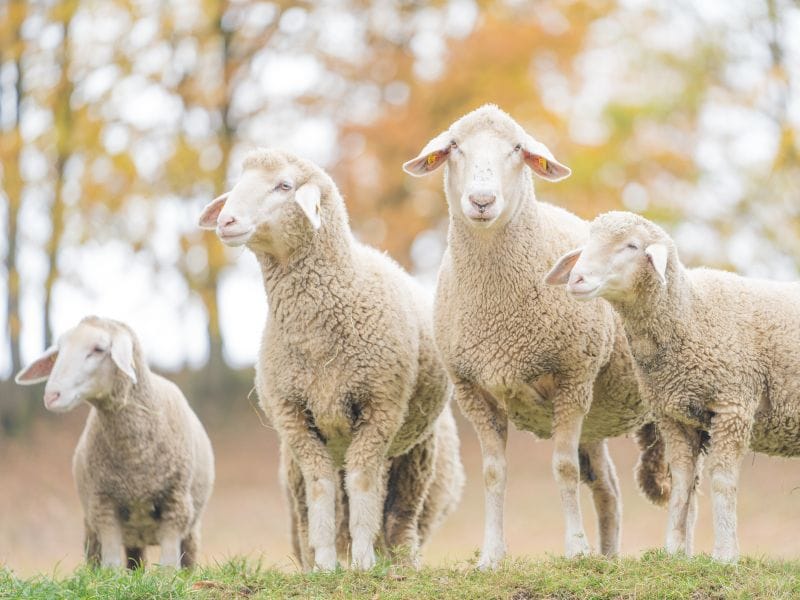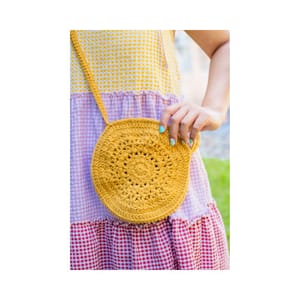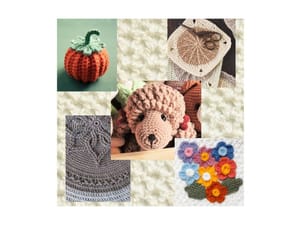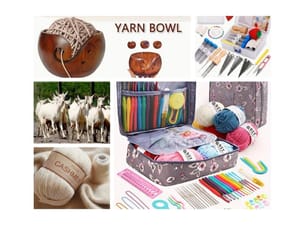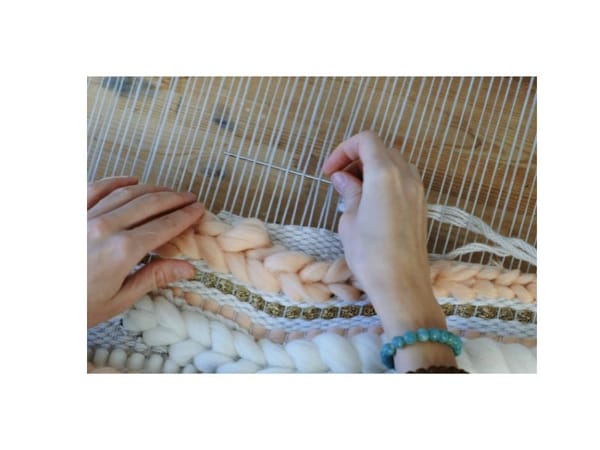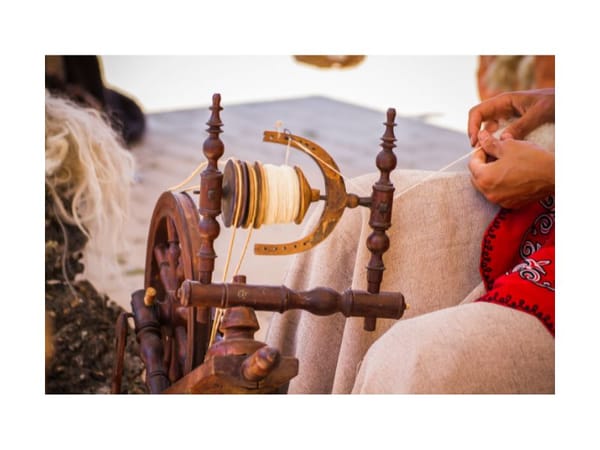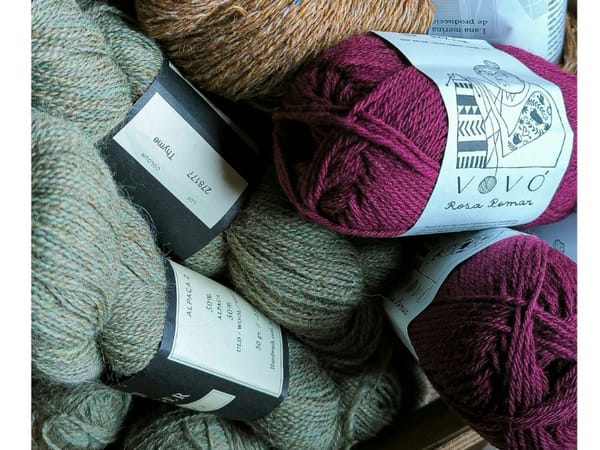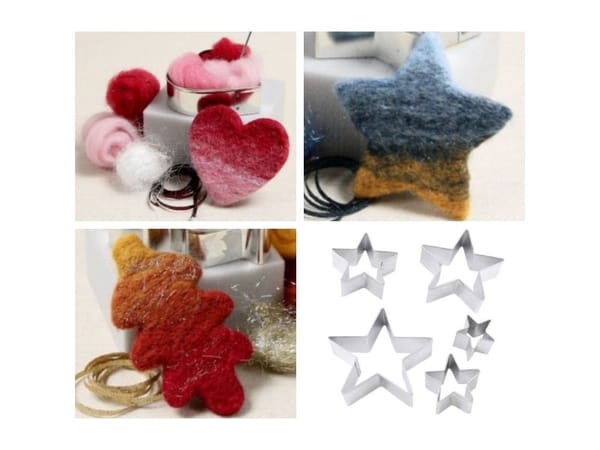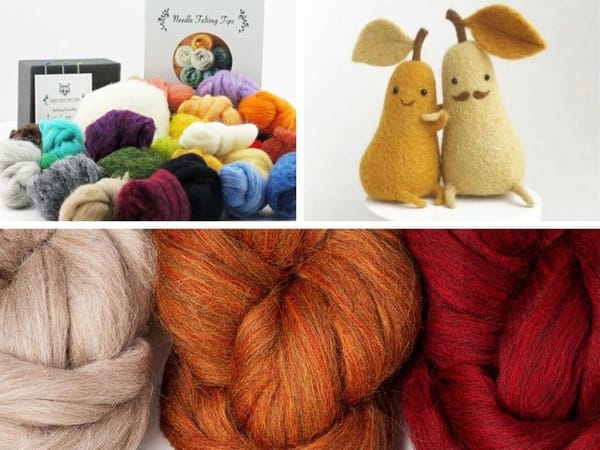What is Merino Wool?
Merino wool is a luxurious, versatile fiber that has been cherished for centuries. Its unique properties make it a favorite among crafters and fashion enthusiasts alike.
If you're new to the world of merino wool, this comprehensive guide will walk you through everything you need to know to get started.
Key Takeaways:
- Understand the unique properties of merino wool and how they can benefit your crafting or wardrobe.
- Learn the basics of selecting, handling, and caring for merino wool to maintain its quality.
- Discover practical tips for creating your first merino wool project, whether it's knitting, crocheting, felting, or sewing.
Understanding Merino Wool
Merino wool comes from merino sheep, known for producing the finest quality wool. The Merino Sheep wool is prized for its softness, warmth, and moisture-wicking properties.

Unlike traditional wool, the fibers of Merino yarn are much finer, making them super soft against the skin. This makes merino wool garments, such as merino wool socks and clothing, a delight to wear, especially in cold weather.
Merino wool's ability to absorb moisture and regulate body temperature also makes it suitable for a variety of climates, including hot weather.
Its natural wrinkle-resistant quality ensures that merino wool clothing looks great with minimal effort, making it a practical choice for both everyday wear and travel.
Choosing Merino Wool Yarn
When you're ready to buy merino wool yarn for your first project, you'll encounter a range of options, from superfine merino wool yarn to chunky merino wool blanket yarns.

The yarn weight you choose will depend on your knitting project or crocheting projects.
For delicate projects like baby clothes, superfine or sock Merino wool yarn is ideal, while medium-weight Merino wool yarn is versatile for a variety of patterns.
Look for the best merino wool yarn that offers great stitch definition for your work.
This means that the stitches you create will be clearly visible, giving your project an excellent stitch definition that showcases your craftsmanship.
Merino Wool vs. Other Wools
Merino wool stands out from other wools due to its finer fibers, which are measured in microns.
The lower the micron count, the finer and softer the wool.
This is why superfine merino wool from Merino sheep is often compared to cashmere from the cashmere goat.

Merino yarn blends, which combine merino fibers with other fibers, can also offer some of the benefits of merino wool while providing different textures or price points.
In contrast, regular wool may have a coarser feel and may not provide the same warmth or moisture-wicking properties as Merino wool yarn.
When choosing between merino wool yarn and other wools, consider the end use of your project and your personal preference for softness and warmth.
Crafting with Merino Wool
Whether you're knitting, crocheting, felting, or weaving, merino wool is a joy to work with.
Its natural elasticity helps maintain the shape of your projects, from chunky scarves to lightweight shawls.

When working with Merino yarn, be mindful of the yarn weight and needle size to ensure your project turns out as intended.
For beginners, starting with a simple pattern can help you get the feel of the Merino wool yarn.

As you gain confidence, you can explore more complex patterns that highlight the beauty of merino wool yarn, such as lacework or cable knits.
Merino Wool Yarn's Environmental Impact
Merino wool yarn is not only a gift to your wardrobe but also to the environment.
Unlike synthetic fabrics, wool fibers are a natural and renewable resource, sheared from sheep annually.

Merino wool, in particular, is biodegradable...
... which means it breaks down into the earth without leaving behind harmful residues. This is a stark contrast to synthetic fiber options that can take hundreds of years to decompose.
By choosing Merino wool yarn, you're opting for an eco-friendly material that supports sustainable fashion practices.
Moreover, the production of merino wool yarn has a lower carbon footprint compared to the manufacturing of synthetic fabrics.
Merino sheep naturally produce wool as they graze and roam, requiring less energy than the production of synthetic materials.
Additionally, merino wool yarn has moisture-wicking properties...
... and that means garments need less frequent washing, saving water and energy over time.
When you wrap yourself in merino, you're not just choosing comfort and style; you're making a conscious decision to protect our planet.
Innovations in Merino Wool Yarn Production
The journey of Merino wool yarn from the raw fleece of Merino Sheep to the cozy sweater in your closet is fascinating, thanks to modern innovations in the spinning process.
Advances in technology have made it possible to create superfine merino wool yarn that maintains all the benefits of traditional Merino wool yarn while offering a softer touch that's comparable to luxury fibers.

This innovation means that merino wool can now be spun into thinner, lighter yarns, making it an even more versatile choice for a variety of other garments, from summer tees to winter layers.
In addition to the spinning process, there have been significant improvements in how merino wool yarn is treated and dyed, resulting in a product that's more colorfast and wrinkle-resistant than ever before.
These advancements ensure that merino wool items are not only durable but also retain their shape and hue, even after multiple washes.
Whether you gently hand wash or machine wash your Merino wool pieces, you can trust that the integrity of the wool fibers will remain intact, allowing you to enjoy your Merino garments for years to come.
Caring for Merino Wool
Washing merino wool requires special attention to preserve its quality.
Always check the care label, as some "superwash merino wool" garments can be machine washed on a gentle cycle with a mild detergent, while others should be gently hand washed.

Use cool water and avoid wringing or twisting the fabric to prevent felting.
After washing, lay flat or dry flat to maintain the shape of your merino wool garment. This will help your merino wool clothing stay looking its best for years to come.
Avoid using fabric softeners or bleach, as these can damage the wool fibers.

Storing Merino Wool
Proper storage is key to ensuring your merino wool garments and yarns remain in pristine condition.
Store merino wool clothing in a cool, dry place away from direct sunlight. Keep merino in a breathable container to prevent moisture buildup, which can lead to mildew.
Moths can be a concern for wool fibers, so consider using natural repellents like cedar blocks or lavender sachets to protect your merino wool stash.
Regularly inspect your stored wool items to catch any potential issues early.
Merino Wool for All Seasons
One of the joys of merino wool is its versatility across seasons.
In cold weather, merino wool socks and layers provide insulation to stay warm, while in warmer months, lightweight merino wool garments offer breathability and moisture-wicking properties to keep you cool and dry.
This adaptability makes merino wool a smart investment for your wardrobe, as you can enjoy wearing merino wool year-round.
Look for merino wool clothing designed for specific seasons to maximize comfort and style.

Merino Wool for Active Lifestyles
Athletes and outdoor enthusiasts love wearing merino wool for its moisture-wicking properties and ability to maintain body temperature.
Merino socks are a popular choice for hikers and runners, as they help keep feet dry and comfortable during strenuous activities.
Merino wool clothing is also naturally odor-resistant, making it ideal for extended wear during camping trips or long travel days.
Its quick-drying nature means you can wash and wear merino garments with ease, even on the go.

DIY Merino Wool Projects
Creating your own merino wool items can be a rewarding experience.
Start with a simple project like a hat or scarf to practice working with the Merino yarn.
As you become more comfortable, you can tackle larger projects like a chunky merino wool blanket or a sophisticated sweater.
There are countless patterns available online for inspiration, and many local yarn shops offer classes for beginners.
Don't be afraid to ask for help or join a crafting community to share tips and experiences with fellow merino wool enthusiasts.
Summary
Merino wool is a fantastic material for beginners to explore due to its softness, warmth, and versatility.
By understanding how to select, use, and care for merino wool, you can create beautiful, durable projects or add high-quality pieces to your wardrobe.
Remember to start simple, practice proper care, and enjoy the process of working with one of nature's most luxurious fibers.

Q: Is merino wool itchy like regular wool?
A: No, merino wool is much finer and softer than regular wool, making it comfortable to wear against the skin without the itchiness associated with coarser wool types.
Q: Can merino wool be machine washed?
A: Some merino wool garments are labeled as superwash merino wool, which means they can be machine washed on a gentle cycle. However, always check the care instructions, as some items may require hand washing.
Q: How do I prevent my merino wool from shrinking?
A: To prevent shrinking, wash your merino wool items in cool water and avoid high heat when drying. Lay flat or dry flat to maintain the shape, and do not use a dryer unless the care label specifically allows it.

Images Source: Canva


